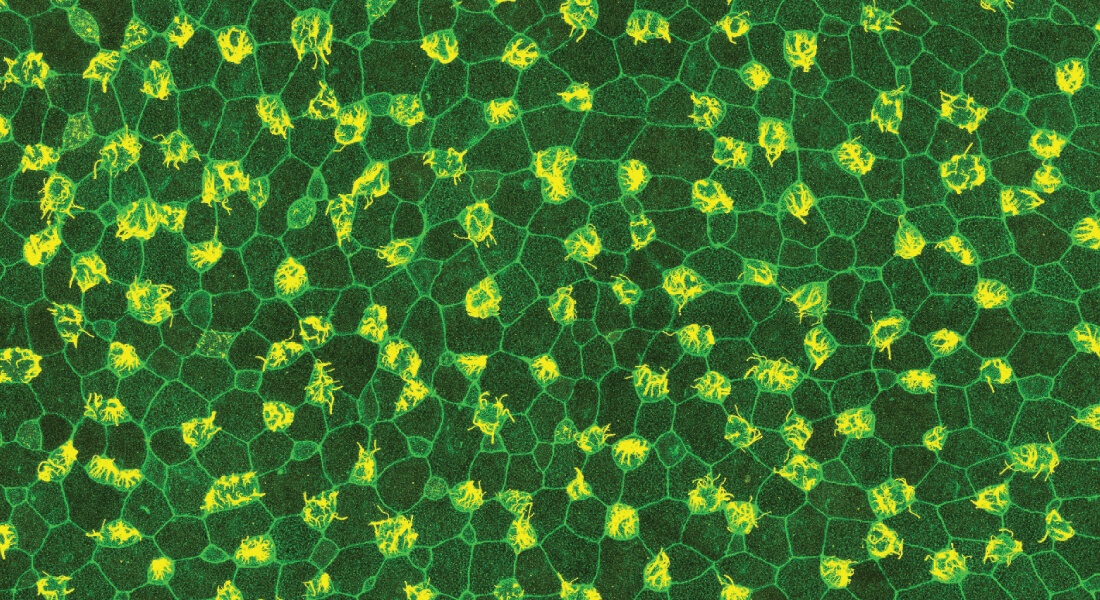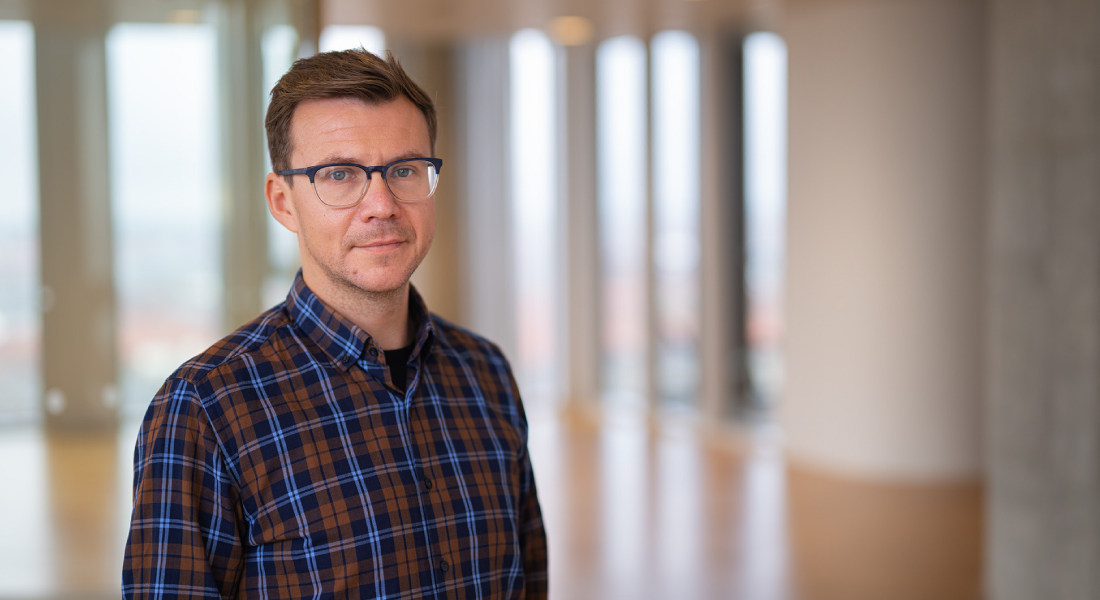How to build human airways; a lesson from frogs
How airways develop, is a complex process that has puzzled scientists for many years, but it turns out that we can learn a lot from frogs.

Respiratory diseases are a major global public health problem. Nearly 545 million people, equivalent to 7.4% of the world’s population, are currently living with a chronic respiratory illness. Therefore, research on the development of human airways is crucial.
How airways develop, is a complex process that has puzzled scientists for many years, but it turns out that we can learn a lot from frogs.
Jakub Sedzinski from reNEW is turning to the study of frog embryonic skin to gain valuable insights into how airways are formed and developed. In collaboration with Kedar Natarajan’s lab from DTU (Technical University of Denmark), they built a comprehensive model that explains how different cell types in airways follow a specific path of development by expressing certain genes.

'This knowledge is crucial for developing regenerative therapies that can restore the function of damaged airways, which is important for treating respiratory diseases such as asthma and chronic obstructive pulmonary disease (COPD)’, says Associate Professor Sedzinski.
